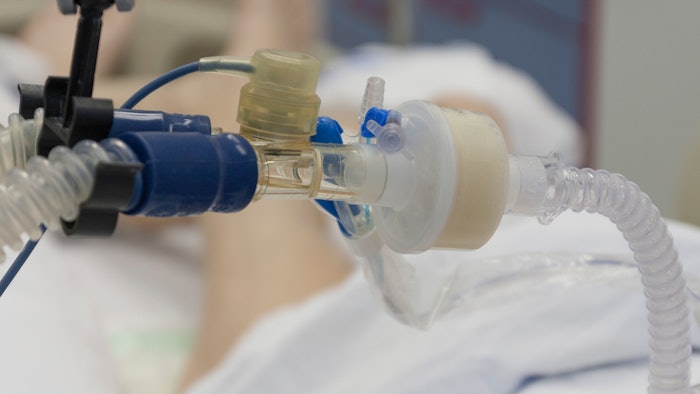Code Blue During the COVID-19 Pandemic

The surging COVID-19 pandemic has raised ethical and moral dilemmas that Western nations with first-rate medical care facilities rarely confront—how to best allocate standard life-saving medical resources when escalating demand outstrips supply. Sadly, these quandaries are familiar challenges in resource-poor countries. What makes this pandemic notable is that the scope and number of reported cases have been primarily in First World nations, raising questions in some settings about the use of emergency treatments like resuscitation care for in-hospital cardiac arrest (IHCA). This perspective reviews the debate around these ethical and moral dilemmas more broadly but focuses specifically on IHCA and the response of the medical community.
To date, the impact of the COVID-19 pandemic in the U.S. has varied widely by region. Already in certain areas of the U.S., hospitals have run out of intensive care unit (ICU) beds and mechanical ventilators for patients and personal protective equipment (PPE) for healthcare providers. Like Italian physicians in Lombardy before them, physicians are faced with decisions about rationing of healthcare resources. Deontological ethics emphasize that each person is valuable and should have an equal chance of receiving life-saving care (i.e., “first-come, first-served”). However, this framework in some instances is becoming an exercise of abstract argumentation as clinicians may be forced to apply utilitarian ethics to prioritize saving the most lives in settings with extremely limited resources.
But the disconnect is that, to date, physicians in the U.S. have had the luxury to practice medicine with an individual rather than a societal perspective. We have learned from and coveted our caring relationships with fellow human beings, and we have been largely spared from confronting medical scarcity at the bedside. By nature, training, and experience, we practice medicine in an ethical framework of deontology and not utilitarianism. Yet that equation changes when facing two patients with equal need but insufficient resources to care for both. Choosing between which patient receives life-saving care when the alternative outcome is certain death presents a situation of imminent moral distress.
The full text of this article is available at https://www.ahajournals.org/doi/10.1161/CIRCOUTCOMES.120.006779









